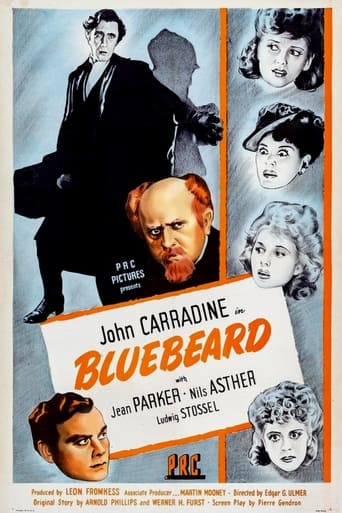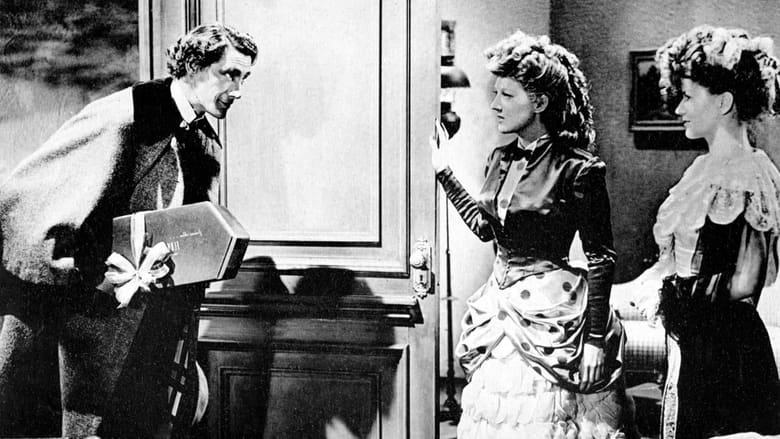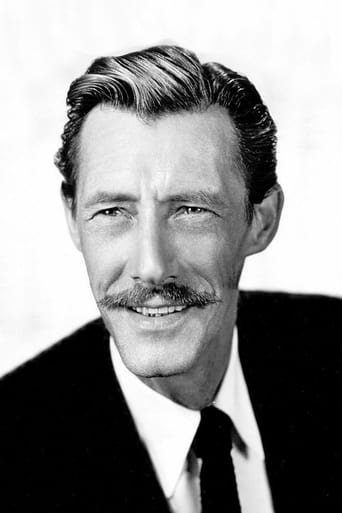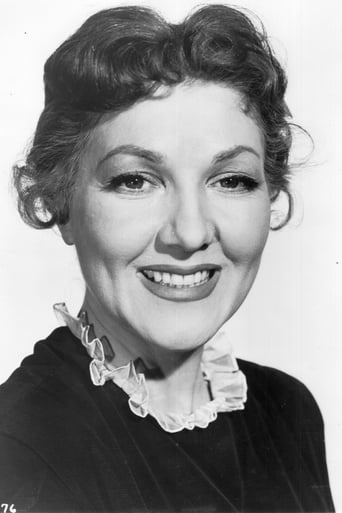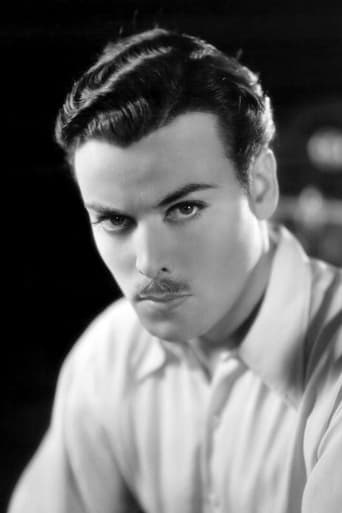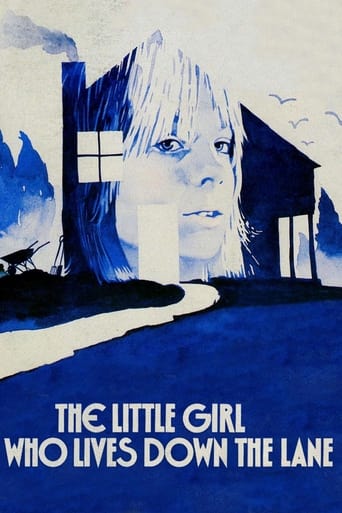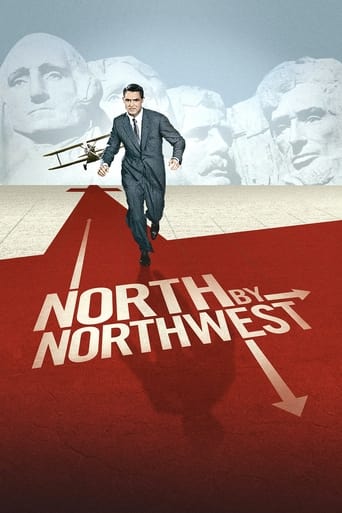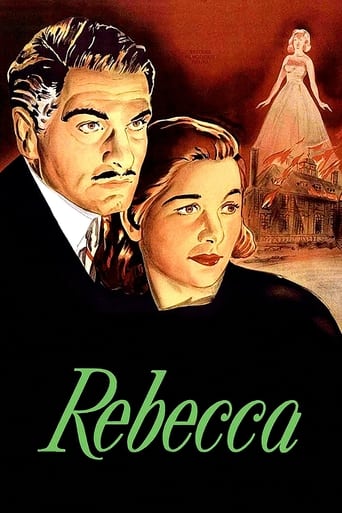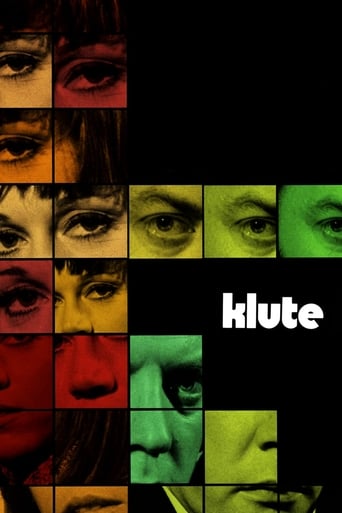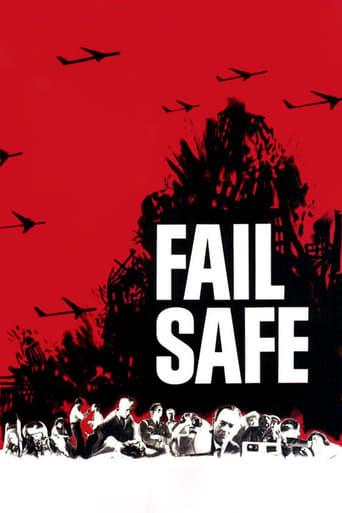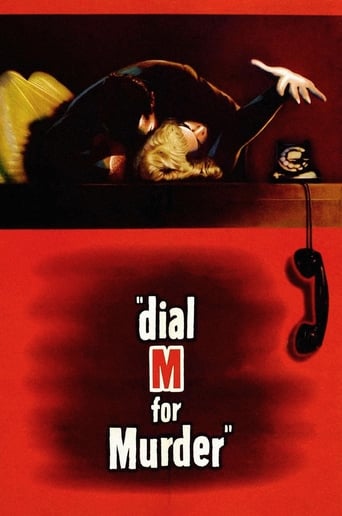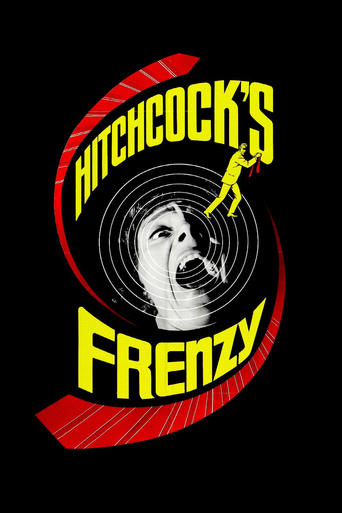Bluebeard (1944)
Young female models are being strangled. Will law enforcement be able to stop the crime wave before more women become victims?
Watch Trailer
Cast


Similar titles
Reviews
In '44, Carradine had leading roles in two PRC movies, 'Bluebeard' and 'Waterfront', both by European directors, i.e. a movie by Ulmer and one by Sekely. In both movies, he's a cereal killer: a very chilling one, in Sekely's espionage movie.'Bluebeard', directed by Ulmer, has a not very good script, with anachronistic music and painting (Francine traveled by train, but the uniforms were from the beginning of the 19th century), but the cast can boast Jean Parker (as usually, she upstages her colleagues, and has a very assured understanding of her role's possibilities), and Henry Kolker, here aged; Erdody's score enamels the storyline with a layer of schmaltz. There are scenes made in a more ambitious style, especially beginning with the arrival of the puppeteer's landlord, through the Paris' underground, till, of course, the chase on the roofs. I believe that Ulmer had his quirks, but I am not convinced he directed well, or knew how to master a movie. He's very championed, but I prefer Sekely, Lewis, Beaudine, Rosen, Strayer, perhaps Yarborough.Jean has at least one good scene, when she mends his cravat.Francine, the sister, was pretty in a trashy way.On the waterfront, Carradine has been a determined, interlope cereal killer; here, he's a tormented, disturbed, torn one (though proving a good physical shape, during the rooftops chase and fight), as his confession gives the fashionable twist to his murderousness.Otherwise, the silliness was annoying, with the puppeteers singing with impressive voices, and Morel's lousy drawings amazing the art public. The idyll of two humble people, a puppeteer and a seamstress, but as dreamed by a concierge. When Bluebeard confesses to the seamstress, there's an attempt to reshape the character and make him a relative of the Expressionist effigies, but the close-ups don't necessarily help the lead avail himself of the chance. In 'Waterfront', as a mercenary, Carradine had a dark glamor.The movie is soaked in loud music by Erdody.
This is one of John Carradine's best performances and movies. This is a very dark and eerie crime horror-thriller. Worth watching! Gaston Morel (Carradine) is a starving artist (painter and puppeteer) who kills the women he paints. This killer is only known as Bluebeard until the police solve the mystery. The question is why does he kill? This is one of those type of films that would be great to watch one dark & stormy night! There are no terrifying monsters to see but there is a murderous human killing young innocent women.If you like horror crime-thrillers you might want to make "Bluebeard" a double feature with a movie like "Invisible Ghost (1941)". 8.5/10
I'm working my way through the Horror Classics 50 Movie Pack Collection and BLUEBEARD is one of the movies in the set.The two leads are really the only redeeming qualities about this film, as the print is awful, the sound unbearable; and, the score heavy-handed. John Carradine, as Gaston Morrell (the puppet master) is fantastic. His performance as the tortured painter/perpetrator is great. While not outright evil, nor with guile, he manages to stir up sympathy; and, hope for restoration.With a bit of schizophrenia surrounding his relationship with his models; and, his one great love, Carradine displays his considerable talent. Jean Parker, as Lucille (the seamstress) is charming as well. By the way, she was an absolute delightful in ONE BODY TOO MANY, so you might want to check that one out as well.Teala Loring played her sister; and, is cast as some sort of "tough" called in by the Police Inspector. However, since the film is set in Paris, her brash New York accent throws off what would have been otherwise a very good performance; it strains credulity. The rest of the cast is abysmal.The plot is rather thin; but, there are elements of interest to hold your attention through the whole 70 minutes.
A PRC poverty row production that makes the most of its limited budget. A lot of credit should go to production designers Eugene Shufftan and Edgar Ulmer who collaborated on the movie's sumptuous look. Even when the middle part drags, the visuals remain arresting. Note too how the meagre exterior sets are stylized to make up for the limitations. Of course, cult director Ulmer was no stranger to transforming army surplus material into artistic effects. The overall result is an atmospheric recreation of 19th century Paris. Making Carradine's Bluebeard a puppeteer is a novel and interesting wrinkle. Then too, I can't help thinking there is more plot potential in continuing with Bluebeard the puppet master than in shifting the story line over to Bluebeard the painter, as the screenplay does. Nonetheless, those early scenes in the park are good ones. However, the cadaverous actor who can be as florid and intense as anyone seems a little too understated here. While physically he looks the part of the grim reaper, Carradine is simply no good as a simpering lover, while too many of his scenes lack the menace the role calls for. Unfortunately, the result compares unfavorably, for example, with Laird Cregar's riveting Jack the Ripper in that Gothic thriller The Lodger of the same year. It appears Ulmer is much more the visual artist than the thespic coach.Nonetheless, the movie remains an interesting curiosity. Consider the sheer wackiness of presenting Iris Adrian whose cheap Brooklyn accent can barely be disguised as a Parisian. Still, it does amount to an amusing turn. Also, note the off-angle camera staging of Carradine's flashback sequence, which is both effective in identifying the sequence and artfully composed. Such camera effects were hardly a Hollywood staple at a time when producers generally felt they would confuse the audience.Of course, there's the question that always arises for fans of Ulmer. What would he have done with an A-budget and A-material in a career spent in the lower depths of Hollywood production. Hard to say-- perhaps he needed the challenge of PRC-type constraints. However, I think it's fair to say that none of his poverty row productions are without genuine points of interest and entertainment, and-- as is the case with Bluebeard-- may even rise at times to artistic levels.

